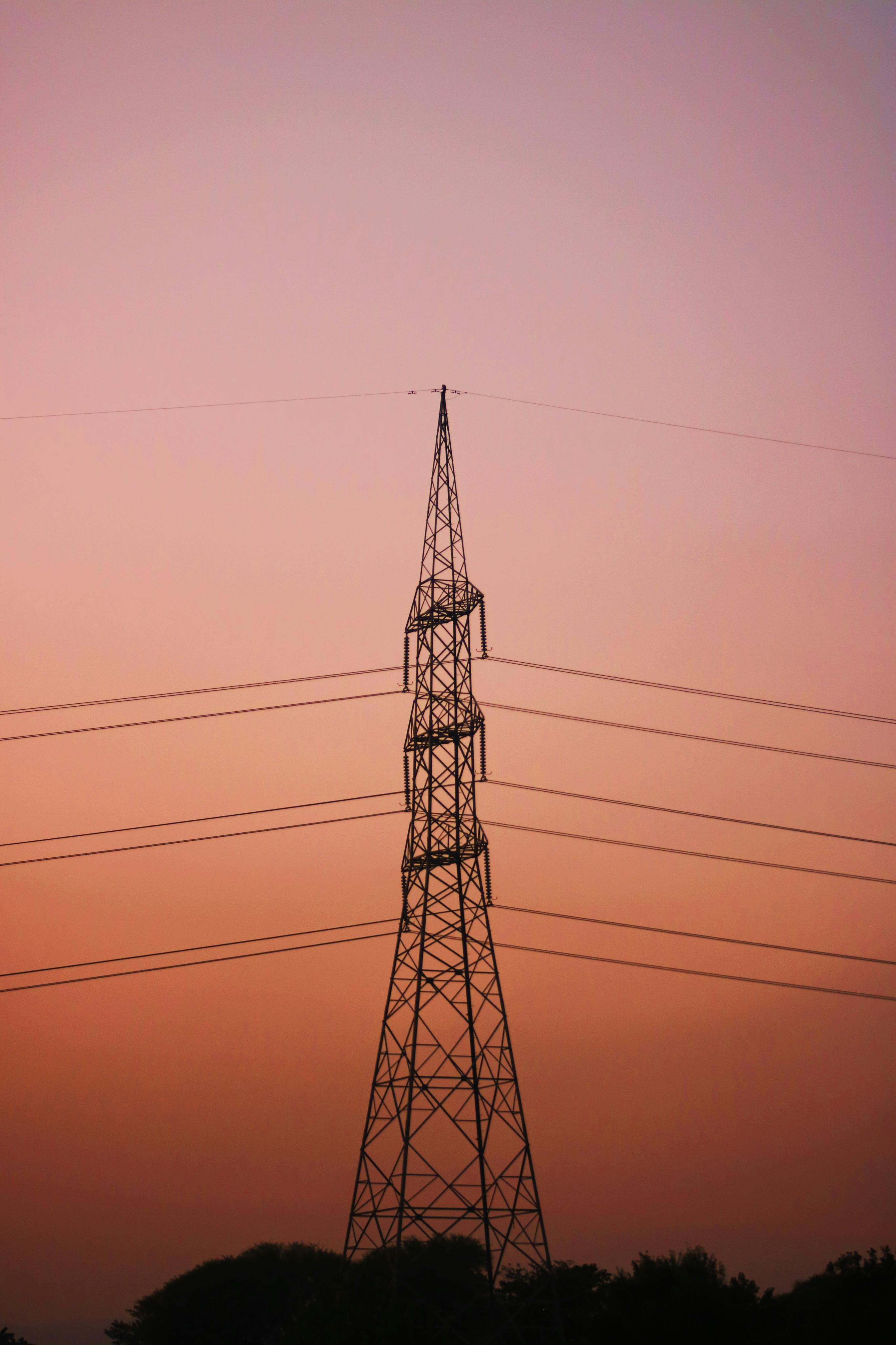When it comes to cooking on an electric stovetop, safety should always be a top priority. But with so many options out there, how do you know which cookware is safe to use? In this article, we will explore some key factors to consider when identifying cookware that is suitable for electric stovetops. From materials to compatibility, we’ve got you covered with all the information you need to make the right choice for your kitchen. So let’s dive in and discover how to cook up a storm while keeping safety in mind!
Cookware Material
When it comes to choosing cookware for your electric stovetop, it’s important to consider the material it is made of. Different materials have different properties, and they can affect how your cookware performs on the stovetop. Here are some common cookware materials and their characteristics:
Stainless Steel
Stainless steel is a popular choice for cookware due to its durability and resistance to corrosion. It is a reliable and versatile option that can withstand high cooking temperatures. Stainless steel cookware also tends to distribute heat evenly, ensuring that your food cooks uniformly. This material is a great option for electric stovetops, as it can handle the high levels of heat that these stovetops can produce.
Cast Iron
Cast iron cookware is known for its exceptional heat retention and distribution. When properly seasoned, cast iron develops a non-stick surface that is perfect for searing meats and cooking dishes that require high heat. However, it is important to note that cast iron is a heavy material, which may not be suitable for all users. If you are comfortable with its weight, cast iron can be a fantastic addition to your electric stovetop cooking arsenal.
Copper
Copper is an excellent heat conductor, providing quick and even heat distribution. It is a popular choice among professional chefs due to its superior heat responsiveness. However, bare copper cookware is not recommended for electric stovetops, as it can react with the heat and cause damage to both the cookware and the stovetop. Instead, look for copper cookware with a stainless steel or aluminum lining, which is safe to use on electric stovetops.
Aluminum
Aluminum cookware is lightweight and affordable, making it a popular choice for many home cooks. It heats up quickly and evenly, ensuring that your food cooks evenly. However, bare aluminum is not recommended for electric stovetops, as it can react with certain foods and cause discoloration. To safely use aluminum cookware on your electric stovetop, look for models with a non-reactive, non-stick coating or those that are anodized.
Glass
Glass cookware is a versatile option that is safe to use on electric stovetops. It is non-reactive, meaning it won’t affect the taste or color of your food. Glass cookware is also transparent, allowing you to monitor your cooking without lifting the lid. However, it is important to note that glass cookware can be fragile and may not be suitable for high-heat cooking methods. Always check the manufacturer’s instructions to ensure your glass cookware is safe for use on electric stovetops.
Porcelain Enamel
Porcelain enamel cookware features a durable, non-stick surface that is easy to clean. It is a versatile option that can be used on electric stovetops with no issues. Porcelain enamel cookware is also available in a wide range of colors and styles, allowing you to add a pop of personality to your kitchen. However, it is important to use caution when handling porcelain enamel cookware, as it can chip or crack if dropped or mishandled.
Induction Compatibility
If you have an induction electric stovetop, it is important to choose cookware that is induction compatible. Induction cooking uses a magnetic field to heat the cookware directly, rather than heating the stovetop surface. Here’s what you need to know about induction compatibility:
Ferromagnetic Material
Induction stovetops require cookware that is made of or contains ferromagnetic material. This includes materials such as cast iron and some stainless steels. To determine if your cookware is induction compatible, check if a magnet will stick to the bottom. If it does, you can safely use it on your induction stovetop.
Induction Compatible Symbols
Some manufacturers label their cookware as “induction compatible” or use symbols to indicate its compatibility with induction stovetops. Look for these symbols when shopping for cookware to ensure that it will work with your induction electric stovetop.

Flat and Smooth Bottoms
Having a flat and smooth bottom on your cookware is essential for optimal heat distribution and efficient cooking on an electric stovetop. Here’s why it matters:
Importance of Flat Bottoms
A flat bottom helps to ensure that your cookware makes full contact with the electric stovetop surface. This allows for even heat distribution, preventing hot spots and ensuring that your food cooks uniformly. Moreover, a flat bottom helps to prevent oil or liquid from pooling to one side of the pan, which can result in uneven cooking.
Avoiding Warping or Scratching
A smooth bottom is also important to prevent damage to your electric stovetop. Rough or uneven bottoms can scratch the surface of the stovetop, leading to unsightly marks and potentially affecting its performance. Additionally, cookware with warped bottoms may not sit evenly on the stovetop, resulting in uneven cooking and potential heat loss. It is important to regularly inspect your cookware for any signs of warping or damage and replace as necessary.
Weight and Stability
Considering the weight and stability of your cookware is crucial for both safety and cooking performance on an electric stovetop. Here’s why it matters:
Heavier Cookware
Heavier cookware tends to provide better stability and heat retention. It sits more securely on the stovetop and is less likely to tip over while cooking. Additionally, heavier cookware can help prevent heat loss, as it takes longer to cool down when removed from the heat source. However, it is important to consider your own physical abilities and comfort level when opting for heavier cookware, as it can be more difficult to handle.
Sturdy Handles
Another aspect of cookware stability is the strength and design of the handles. Look for cookware with handles that are securely attached and provide a comfortable grip. Handles that are riveted or welded to the body of the cookware are typically more sturdy and reliable. Additionally, consider the heat resistance of the handles, as they should be able to withstand high cooking temperatures without becoming too hot to handle.
Anti-Skid Surface
To ensure stability and prevent accidents, look for cookware with an anti-skid surface on the bottom. This can help prevent the cookware from sliding or moving on the stovetop, reducing the risk of spills or burns. Some cookware may feature a textured or ridged surface on the bottom to enhance stability. Additionally, consider using a cookware stabilizer or a heat-resistant mat on your electric stovetop to further enhance stability and prevent any potential damage.

Safe Temperature Limits
Cookware that can withstand high temperatures is essential for safe and efficient cooking on an electric stovetop. Here’s what you need to know about safe temperature limits:
Heat Resistance
Ensure that your cookware is labeled as heat-resistant and can withstand the high temperatures produced by an electric stovetop. High-quality cookware will typically list its temperature limits, allowing you to safely use it for various cooking methods. Heat resistance is especially important if you plan on using your cookware in the oven, as some materials and coatings may have specific temperature limits for oven use.
Oven-Safe Design
If you frequently use your electric stovetop for cooking and baking, consider cookware that is oven-safe. This allows for seamless transitions from stovetop to oven, enabling you to finish dishes under the broiler or bake them to perfection. However, it is important to check the manufacturer’s instructions to ensure that your cookware is suitable for oven use at the temperatures you plan to cook with.
Avoiding Melting or Cracking
Certain materials, such as plastic or low-quality non-stick coatings, can melt or crack when exposed to high temperatures. This not only poses a safety hazard but also affects the performance and longevity of your cookware. Choosing cookware made from quality materials and coatings that are specifically designed to handle high temperatures helps to avoid these issues, ensuring that your cookware remains safe and functional for years to come.
Heat Distribution
Even heat distribution is one of the key factors to consider when choosing cookware for your electric stovetop. Proper heat distribution ensures that your food cooks evenly and reduces the risk of burning or undercooking. Consider the following factors for optimal heat distribution:
Even Heat Distribution
Look for cookware that is known for its ability to distribute heat evenly. This helps to prevent hot spots, where certain areas of the pan become significantly hotter than others. Even heat distribution ensures that your food cooks uniformly, resulting in better flavors and textures.
Conductive Materials
Certain materials are known for their excellent heat conductivity, which contributes to even heat distribution. Copper and aluminum are two popular materials that excel in this aspect. Stainless steel, when layered with aluminum or copper, can also provide superior heat distribution. High-quality cookware often incorporates these conductive materials to ensure optimal heat transfer and even cooking results.

Non-Stick Coatings
Many people appreciate the convenience of non-stick cookware, especially when it comes to easy cooking and cleanup. However, it is essential to choose safe non-stick coatings for your electric stovetop. Here’s what you need to know:
Safe Non-Stick Coatings
Look for cookware that features non-stick coatings that are free from harmful chemicals, such as PFOA (perfluorooctanoic acid) and PFAS (perfluoroalkyl substances). These chemicals have been linked to potential health risks if they are ingested or released into the air during cooking. Opt for cookware that explicitly states it is PFOA and PFAS-free for a safer cooking experience.
Avoiding Teflon and PFOA
Teflon, a brand name for a type of non-stick coating called polytetrafluoroethylene (PTFE), has been widely used in non-stick cookware. However, PTFE can release toxic fumes when exposed to high heat, which can be harmful to humans and pets. Make sure to avoid cookware with Teflon or any non-stick coatings that contain PFOA or PFAS for your electric stovetop.
Handles and Lids
Handles and lids are often overlooked when choosing cookware, but they are important for both safety and convenience. Consider the following aspects when evaluating handles and lids for your electric stovetop cookware:
Heat-Resistant Handles
Handles that stay cool to the touch during cooking are essential for safe and comfortable handling. Look for cookware with heat-resistant handles made from materials such as silicone or stainless steel. Handles that are securely welded or riveted to the cookware body also contribute to stability and longevity.
Lids with Ventilation
Lids with built-in ventilation or steam vents are great for releasing excess steam and preventing boil-overs. This feature allows you to maintain control over your cooking and prevents the buildup of excessive pressure. Some lids may also have clear tops, allowing you to monitor your cooking without having to lift the lid, which helps to retain heat and moisture.
Maintenance and Compatibility
Consider the maintenance requirements and compatibility of your cookware with other appliances when choosing for your electric stovetop:
Dishwasher Safe
For ease of maintenance, look for cookware that is labeled as dishwasher safe. This allows for effortless cleaning and saves you valuable time and effort. However, keep in mind that some materials or finishes may be better suited for handwashing. Always check the manufacturer’s instructions for the recommended cleaning method for your specific cookware.
Compatibility with Other Appliances
If you plan on using your cookware on other heating sources, such as gas or induction, ensure that it is compatible with the respective appliances. Some cookware may have restrictions or limitations when used on different heat sources, so it’s important to verify its compatibility to avoid potential damage or safety hazards.
Certifications and Labels
When it comes to cookware safety, certifications and labels can provide reassurance that the product meets certain standards. Here are some certifications and labels to look out for:
Certified Safety Standards
Cookware that is certified by reputable organizations, such as NSF International or the Consumer Product Safety Commission (CPSC), has been tested for safety and quality. Look for these certifications on your cookware packaging to ensure that it meets established safety standards.
US FDA Approval
Cookware that has received approval from the US Food and Drug Administration (FDA) is considered safe for use with food. This approval indicates that the materials used in the cookware are not harmful and do not pose a risk to human health when used as intended.
By considering the cookware materials, induction compatibility, flat and smooth bottoms, weight and stability, safe temperature limits, heat distribution, non-stick coatings, handles and lids, maintenance and compatibility, and certifications and labels, you can confidently choose cookware that is safe and suitable for use with your electric stovetop. Always refer to the manufacturer’s instructions and guidelines for optimal performance and longevity of your cookware. Happy cooking!


